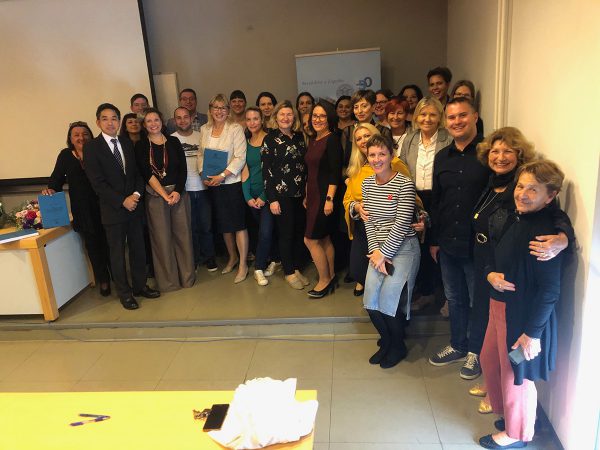Petar Biljanović, University of Zagreb, Faculty of Electrical Engineering and Computing
Every technology can advance, thanks to its resources and techniques, only up to a certain limit. Above that limit progress is only possible with the appearance of a new, higher level technology, new resources and methods.
That this rule works on a global level confirms, for instance, the transition from the agricultural methods of food production to the industrial ones. The agriculture of pre-industrial era could not solve the problem of food production, although the majority of the population worked in agriculture. Industry has solved that problem through the machinery, biotechnology and agro technical measures – in terms of production – with the much lower percentage of the population employed in the sector. Similarly, microelectronics solves many problems of industrial production through automatics, robotics and ICT. After the microelectronic revolution comes nanotechnological revolution that should gave answers to questions that today’s technology can not. Microelectronics is limited by Moore’s Law of exponential growth “of everything” that will be probably “crushed” in 2020 and nanotechnology will dictate the development of ICT. However, nanotechnology directly dictates the development of all other fields – nanoelectronics being only one of them, and apparently, not the most important one. For nanotechnology the key question to answer is: whether it is about the technological revolution, or just about new technology? It is not necessary to use a new technology in order to survive, but this is not possible when it comes to technological revolution. Nanotechnology is the technological revolution. Therefore, for each country the right question is not whether to use the nanotechnology, but in what way?
[BACK]

